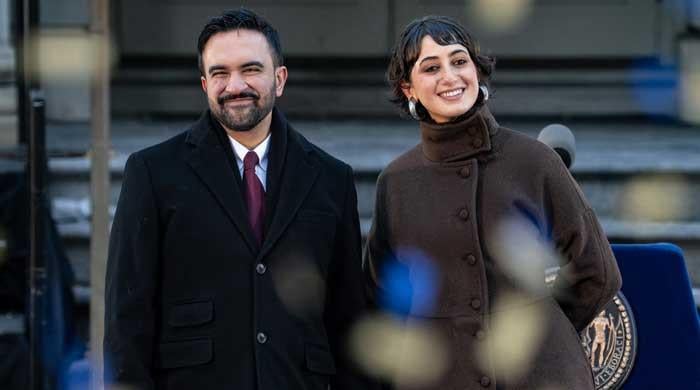What Ayesha Gulalai’s past tells us about her
Ayesha Gulalai always knew how to draw attention.
August 08, 2017
Ayesha Gulalai always knew how to draw attention.
As a young student in Peshawar, she would actively look for opportunities to deliver passionate speeches in English. Gulalai was articulate and confident, even at times when grammatical errors hindered her speech in a language that was not her mother tongue. To argue her case, Gulalai would use examples from the history of Islam and that of the Pakhtuns.
Every now and then, she would arrive at the Peshawar Press Club, with her parents, and find ways to be added to the list of speakers that day. Always smartly dressed, in shalwar kameez with a duppatta [head scarf] over her head, Gulalai could not be ignored.
In the conservative Khyber Pakhtunkhwa where she lived, and in the even more traditionalist Federally Administered Tribal Areas to which she belonged, it was rare to find a young woman moving in gatherings dominated by men. Even more surprising is that a girl from the Wazir tribe, who generally keep women behind close-doors, has made it to a different world beyond the harsh terrain of the tribal borderland.
After Gulalai graduated, she first tried her hand in the media. For a brief period, she worked as a Pashto newscaster at the Pakistan Television Centre in Peshawar. Later, she joined the Peshawar bureau of The News International, the English daily, as a trainee reporter. As I was heading the bureau, I remember her vividly. She was ambitious, with a burning desire to succeed. Nothing it seemed could hold her back.
Gulalai, then, was the first budding female journalist from the tribal areas. The Tribal Union of Journalists (TUJ) gave her an honorary membership, as she wasn’t formally employed by any established media house. Yet, she made her presence felt. Often she would volunteer to act as the stage secretary at the TUJ events occasionally attended by the Governor and other important dignitaries.
Maybe the media trajectory was slow in helping her career, so she soon turned towards politics. Thereafter, she began actively taking part in youth activities around town. Benazir Bhutto was her ideal. Hence, her first political platform was the Pakistan People’s Party. She was appointed as chief coordinator for the women’s wing of Fata and could have sought election as a member of parliament on the PPP ticket in the 2008 elections, if only she wasn’t under-age.
Next, she joined General Pervez Musharraf’s All Pakistan Muslim League. She soon realized the party had no future and began looking for an opening elsewhere. The opportunity arose in the form of the Pakistan Tehreek-e-Insaf, after Imran Khan emerged as a serious contender for power.
Addressing a press conference in Peshawar, in the presence of PTI leader Asad Qaiser, she praised Imran Khan’s bold stance on social issues and his ‘long march’ to South Waziristan to voice his opposition to the US drone strikes in Pakistan.
Finally with the PTI, Gulalai lucked out. The party did well in the 2013 polls, particularly in Khyber Pakhtunkhwa, where she was a leading candidate for the National Assembly reserved seats for women. She was elected as the first-ever female Member of Parliament from Fata and one of the youngest lawmakers.
Gulalai is a fighter, just like her sister, Maria Torpakai, a professional Pakistani squash player. Both girls were raised by parents who were educationalists. Maybe this brief look at her past can tell us all about the young woman making headlines today.
- Yusufzai is the Resident Editor of The News International in Peshawar









